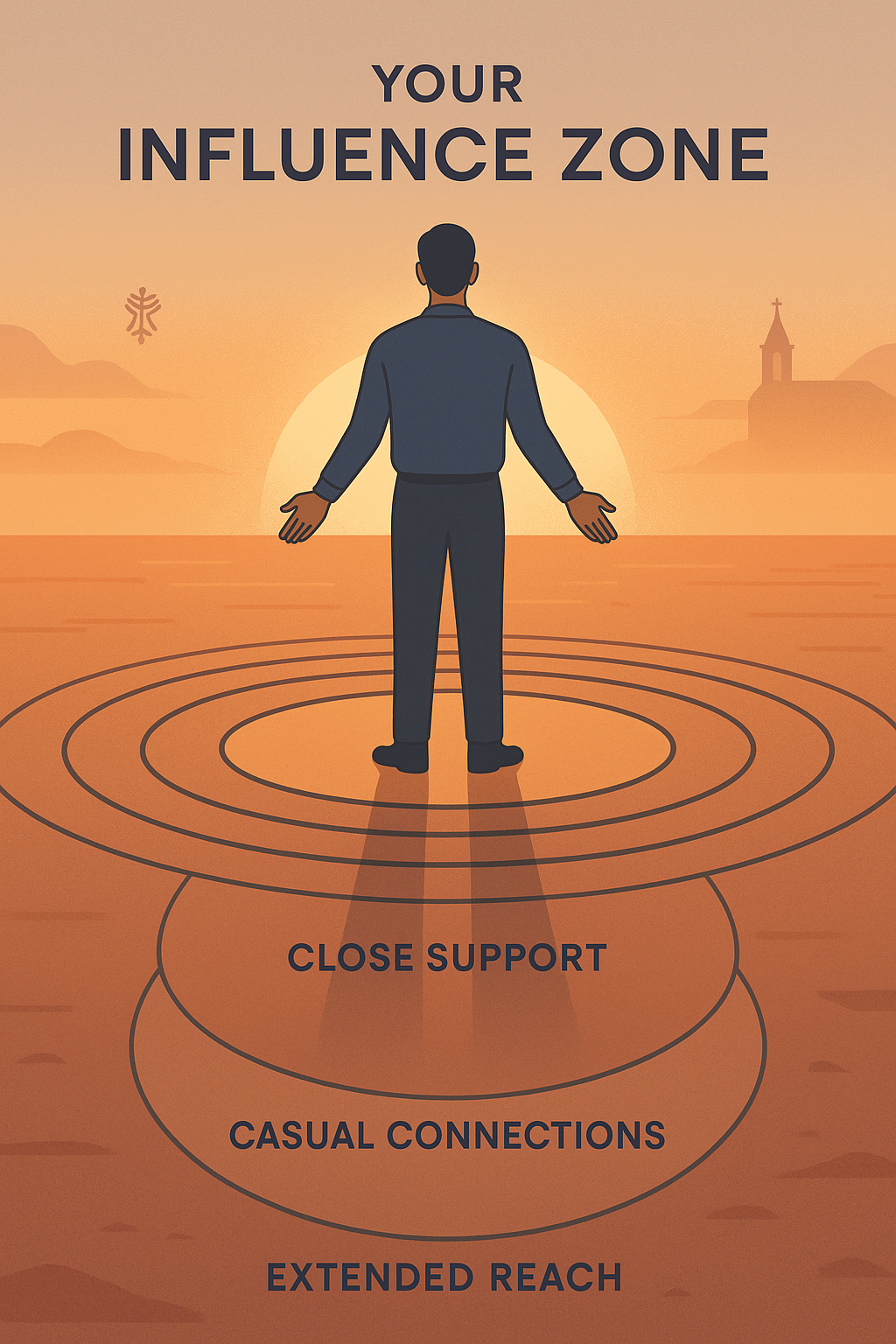The divide between academia and industry has long been a topic of debate. While universities drive theoretical research and intellectual exploration, industries focus on practical applications and market-driven solutions. This gap often leads to missed opportunities: groundbreaking academic research may never reach the real world, while industries might overlook innovative ideas that could solve pressing challenges. Bridging this divide is not just beneficial—it’s essential for fostering innovation, economic growth, and societal progress.
Why Bridging the Gap Matters
The traditional separation between academia and industry creates silos that hinder progress. Consider renewable energy research. A PhD student studying solar panel efficiency in isolation might produce a technically sound thesis, but collaboration with energy companies or environmental ministries ensures their work addresses real-world issues like scalability, cost, or policy integration. Such partnerships align academic curiosity with societal needs, turning abstract theories into actionable solutions.
The COVID-19 pandemic underscored this synergy. When pharmaceutical companies partnered with academic researchers, vaccines were developed at unprecedented speeds. These collaborations combined cutting-edge science with industrial expertise in manufacturing and distribution, saving millions of lives. This model isn’t limited to healthcare—it’s a blueprint for tackling challenges in AI, climate change, cybersecurity, and more.
The Benefits of Academia-Industry Collaboration
- Real-World Relevance and Impact
Research rooted in real-world problems ensures academic work transcends theoretical boundaries. For instance, a PhD student in artificial intelligence collaborating with a tech startup might develop machine learning algorithms for autonomous vehicles or smart healthcare systems. Such projects directly contribute to technological advancements while addressing societal needs like safety, accessibility, and efficiency. - Skill Development for Future Leaders
Students engaged in industry partnerships gain hands-on experience that textbooks can’t provide. A cybersecurity researcher working with a government defense agency learns to navigate regulatory constraints, manage large-scale data, and communicate complex ideas to policymakers. These skills—problem-solving, adaptability, and cross-disciplinary communication—make graduates highly competitive in the job market. - Access to Resources and Expertise
Industry collaborations often bring funding, infrastructure, and data that academia alone can’t match. A student researching sustainable agriculture might partner with agribusinesses to access field trials, soil health databases, or advanced IoT sensors. This synergy accelerates discovery and innovation, enabling breakthroughs that benefit both parties. - Career Advancement and Networking
Collaborations open doors to professional networks. A PhD candidate working on renewable energy with a government ministry might connect with policymakers, entrepreneurs, and investors. These relationships often lead to job offers, consultancy roles, or entrepreneurial ventures post-graduation. For example, students involved in India’s renewable energy initiatives are uniquely positioned to influence national policies or launch startups in the green tech sector. - Societal and Economic Growth
When academia and industry align, research fuels economic development. Patents, spin-off companies, and policy innovations emerge from these partnerships. India’s push toward becoming a developed nation by 2047 relies heavily on such collaborations—whether in AI, clean energy, or healthcare. PhD students act as catalysts, translating academic insights into tools that drive progress.
How to Foster Effective Collaborations
Internships and Joint Projects: Universities can integrate industry internships into PhD programs, allowing students to apply theories in real settings.
Government-Academia Partnerships: Ministries can fund research aligned with national priorities, such as smart cities or digital infrastructure.
Industry Mentorship: Tech leaders and policymakers can mentor students, providing guidance on market needs and regulatory landscapes.
Shared Funding Models: Grants and sponsorships from corporations or governments reduce financial barriers and incentivize collaborative research.
The Road Ahead
The future of innovation lies in breaking down barriers between academia and industry. PhD students are uniquely positioned to lead this charge—they bring fresh perspectives, technical expertise, and a passion for discovery. By choosing research topics in consultation with industry and government, they ensure their work drives tangible change.
For nations like India, where challenges like urbanization, healthcare access, and sustainability loom large, these collaborations are not optional—they’re imperative. As academia and industry unite, they create a virtuous cycle: research informs practice, practice inspires new research, and society reaps the rewards.
In the words of a startup founder who partnered with university researchers during the pandemic, “The best innovations happen when brilliant minds work toward a shared goal.” Let’s bridge the gap—and build a future where knowledge knows no boundaries.


